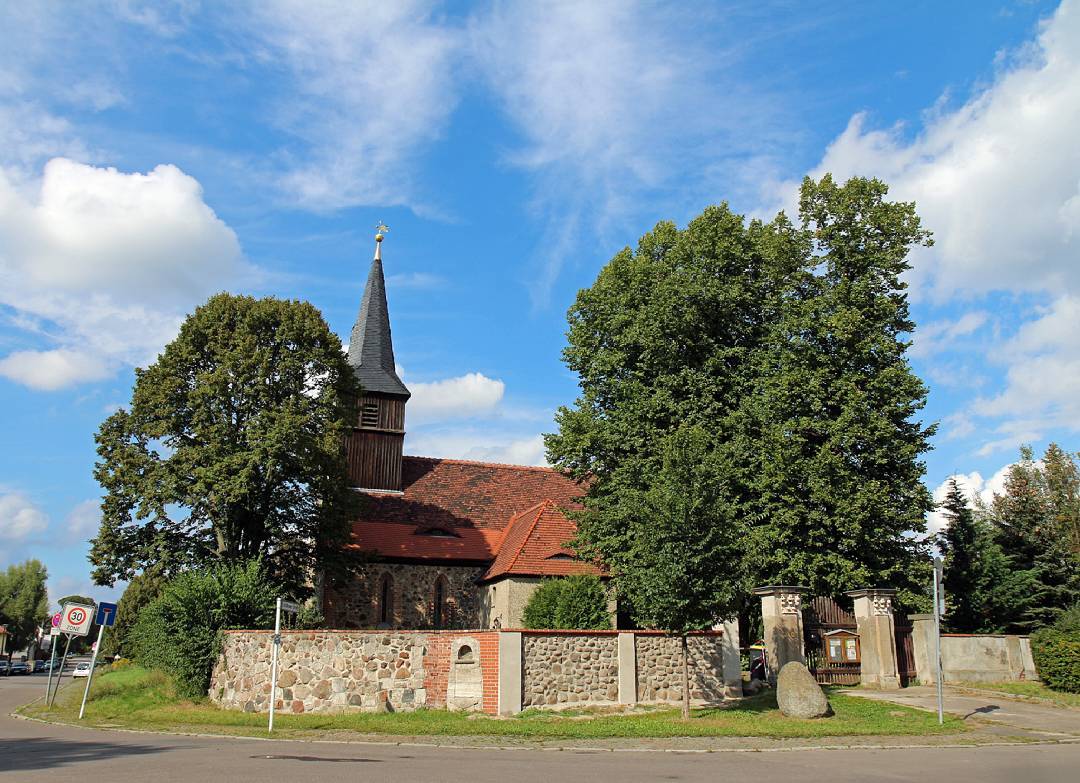
In the morning, the peace and quiet of paddling down the Havel river, in the afternoon exploring the Museum Island’s cultural highlights, and in the evening the fun of an inspiring show. By bike as the preferred means of transport – and all crowned with a taste of Berlin’s vibrant and quirky club life. A strenuous day? Not in Berlin! In no other major city are green spaces and cultural life such close neighbours. Rivers, lakes, park and woodlands weave like ribbons of blue and green through the city. Often they are connecting elements between neighbourhoods, which, each with their own distinctive characters, fuel the German capital’s special feeling for life.
The green and blue stats
Like the stats on Berlin’s waterways and green spaces? The streets and avenues are lined by approx. 430,000 trees – and in a city with over 2500 gardens and parks, each borough offers plenty of space for fun and recreation (https://www.visitBerlin.de/de/parks-gaerten-berlin, visitBerlin.de/de/berlin-natur). Green spaces account for around 60% of the city area – almost an amazing 530 km². In comparison, the city of Cologne covers a total of around 400 km². Berlin is a city of water – and has over 59 km² of lakes, rivers and waterways, an area the size of the Mitte, Friedrichshain und Kreuzberg districts together. And it also has a different kind of wild nightlife. At dawn and dusk, around 1500 urban foxes pad through the streets – often politely unimpressed by any people they meet.
Natural and cultural landscapes in Berlin’s boroughs
The green Grunewald forest, just a stone’s throw from Charlottenburg’s bustling Ku´damm boulevard, was one of the city’s most popular local recreational areas even during the Berlin Wall years. (https://www.visitBerlin.de/de/grunewald-berlin). Less well-known districts also offer green spaces to explore. The Tegeler Fließ river in Reinickendorf flows through a system of streams and moorland of over 120 km². There, you pass by water buffalo quietly chewing the cud, keeping the meadow grass under control (visitBerlin.de/de/tegeler-fliess ). In Marzahn, on over 100 acres the Gardens of the World presents landscaping styles from distant lands (gruen-berlin.de/gdw), while Britz is home to an attractive eighteenth-century manor house set in an elegant park (schlossbritz.de). In the scenic Gutspark Groß Glienicke park in Spandau, the ruins of an old manor house are an attractive feature, and in Steglitz-Zehlendorf, the 1000-metre-long lakeside beach at Strandbad Wannsee draws the crowds. You can find a special oasis of green in Schöneberg – the Südgelände nature park is an overgrown old switchyard, today also home to the Shakespeare Company’s open-air performances (visitBerlin.de/de/strandbad-wannsee, gruen-berlin.de/natur-park-suedgelaende, shakespeare-company.de).
Urban jungle activities
In Berlin, nature itself provides the best setting for active fun – for instance, exploring tranquil corners of the River Spree on Backstage Tourism’s canoe tours (backstagetourism.com/kanutour). Various companies also offer stand up paddleboarding for all levels, with tours on Treptow-Köpenick’s Müggelsee lake (nalani-supsurfing.com) and tours round the Molecule Man in Friedrichshain (standupclub.de) especially popular. Berlin also has many hiking trails leading from the inner city to the Brandenburg region through such picturesque landscapes as the Wuhletal valley in Marzahn-Hellersdorf or along the wooded banks of the River Panke in Pankow. (https://www.visitBerlin.de/de/wandern-berlin-und-umland). But perhaps hiring a bike for a longer tour is more your thing? Then simply check out the visitBerlin blog with details on 11 of the city’s most attractive bike tours (visitBerlin.de/de/blog/top-11-radtouren-berlin). Or would you rather glide across the water using nothing but the power of the sun? In Friedrichshain’s Osthafen, Solarwaterworld hires solar-powered e-boats for groups of two people and more (solarwaterworld.de).
Regional cuisine and greener sleep
Nature gives people in Berlin so much – clear water! clean air! And fresh vegetables! Yes, those too. After all, urban gardening is enjoying a boom in the city – from Mörchen Park in Friedrichshain to Neukölln’s Almende-Kontor community garden (visitBerlin.de/de/urban-gardening-berlin). In many Berlin restaurants, herbs, honey and fish are also sourced locally in the city; the Hafenküche at Lichtenberg’s Rummelsburg bay uses regional produce for its delicious specialities, the Good Bank in Mitte grows lettuces and vegetables directly in the restaurant, while Frea, a zero-waste restaurant in Torstraße, ensures any leftovers are returned every day to farms as compost (visitBerlin.de/de/hafenkueche-rummelsburg, visitBerlin.de/de/good-bank, visitBerlin.de/de/frea).
In Berlin, it is easy to find a green place to sleep! The Schlosshotel Berlin dating from 1911 is surrounded by the thick foliage of the trees in the Grunewald (schlosshotelberlin.com). On house boats from Kuhnle Tours in Rummelsburg or Aqua Lofts in Spandau, you can glide across rivers, canals and lakes (kuhnle-tours.de), (https://h2loft.com/) and sleep peacefully in a bed on the water. Spandau’s centrovital Hotel is also close to the water. Housed in a historic brewery building directly on the shores of the Havel river, it offers a wide range of spa and relaxing treatments (centrovital-berlin.de). Like to be a little more out of the city? In Treptow-Köpenick in the east of the city, the Schmöckwitz hotel, a former mansion, is located on the shores of the Wernsdorfer See lake (das-schmoeckwitz.de) You’d be hard put to be more on the margins of Berlin – the lake promenade, almost in front of the door, is also the border to the Brandenburg region!
More details:visitBerlin.de/berlin-nature
